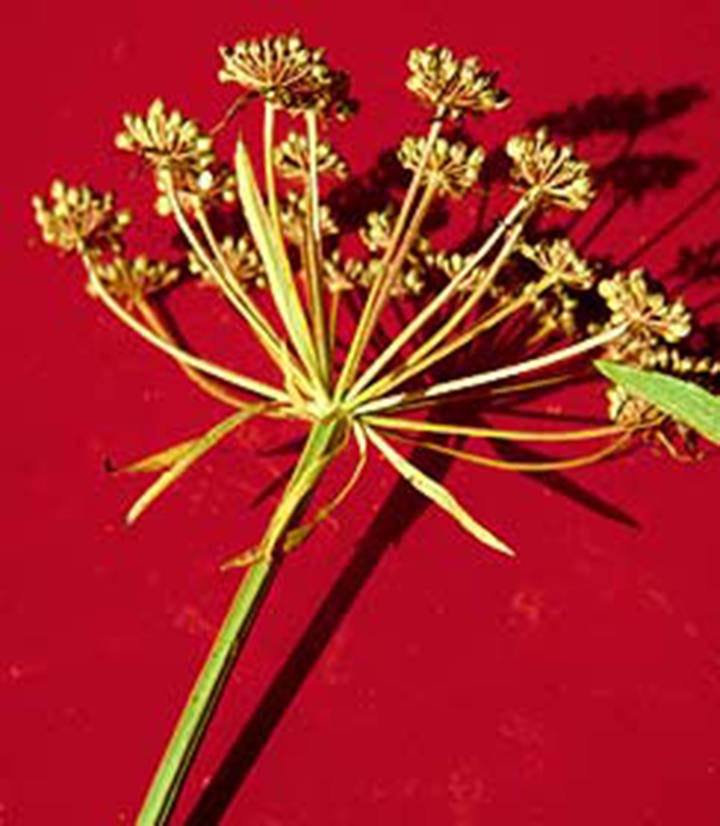A recent post that was made on the Burns Lake Buy and Sell Facebook page outlined potential concern of a water hemlock found in Kager Lake.
Lakes District News reached out to the Regional District of Bulkley-Nechako as well as the Ministry of Environment and were told that because water hemlock is a native plant to B.C., it is not considered invasive or poisonous.
The ministry also said findings of the plant are not recorded.
It is, however, extremely harmful to livestock if tainted water is consumed, so much so that a single bulb can kill a 1600 pound cow. It commonly affects beavers and other small mammals. It is also toxic to humans if eaten. Accidental poisonings usually occur when water hemlock is consumed by humans when mistaken for edible plants, but it shouldn’t have an effect on the lake’s swimming conditions.
The toxin in water hemlock is called cicutoxin, and it can cause delirium, nausea, convulsions, seizures and vomiting within 60 minutes of ingestion frequently leading to death according to the United States Forrest Service.
Previous concerns of water hemlock at Rose Lake later turned out to be water parsnip, which looks very similar to water hemlock.
Western water hemlock is the most common of three types of native water hemlock growing in B.C. The jagged, saw-tooth leaves distinguish it form its cousin water parsnip.
Water hemlock usually occurs on wet soils near ponds, marches and stream banks as well as around the outskirts of lakes.
If there is a plant that you have been made aware of that you feel is a concern, please contact the Northwest Invasive Plant Council Weed Hotline, at 1-866-44WEEDS (1-866-449-3337). You may also visit the RDBN Invasive Species Management Webpage at the link below for additional information: https://www.rdbn.bc.ca/departments/agriculture/weeds-pests
